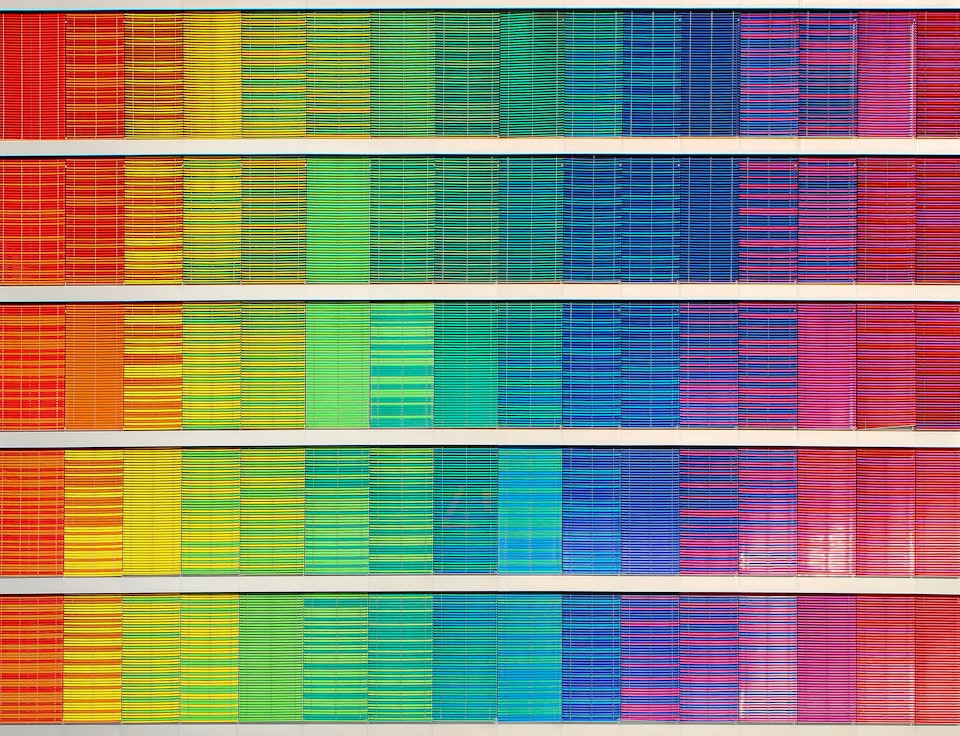Cooper's Colors

Developed by Jeff Cooper and used as a mental model by navy seals and military to help define a framework for thinking about stages of situational awareness as escalating from white, to yellow, orange, red and black. The foundation for this color scheme can be seen in Buddhist, samurai, and martial arts preparation & practice as well. Cooper's colors provides an interesting framework to consider your own preparedness and training in any area of skill development.

The hierarchy of Cooper’s Colors is:
- White - Ignorance, unawareness, tuned out, unprepared
- Yellow - Being aware and noticing your environment
- Orange - Being alert, considering action, contextualizing the environment
- Red - Being engaged, actively acting, responding to threat or opportunity
- Black - Being frozen, shut-down, unable to react, paralyzed
Moving from ignorance (white) to being aware (yellow) is about being confident and having an ability to notice things. Noticing comes from developing a mental calmness that enables you to step back and notice things in their context. Noticing can lead to a level of alertness (orange) where you consider action in response to a threat or opportunity. This leads to your ability to confidently engage (red). With practice and training you can artificially move yourself through these modes, only staying in red long enough to address a situation. With such practice, you’re able build in your brain the ability to rapidly escalate and then de-escalate within the color system. Your ability to rapidly act and address a threat or opportunity comes from your awareness and alertness. Without this practice, your time and energy spent in the red stage could be prolonged, sapping energy and weakening your ability to stay alert and adaptive.
Cooper's colors relates to concepts such as “thinking without thinking”, “muscle memory”, “fluidity” and many others. The Cooper Color System is a foundation for building your own situational awareness and your own “muscle memory” or your own reactions to recognizing that you’re in one state or another. They give us a language for things like this training is going to help us "go to red and back". Or "you seemed to stay in white for too long". Practicing and perfecting your own transitions between Cooper Colors, both escalation and de-escalation are important to mastery in many skill areas. These abilities to escalate and de-escalate are seen in pilots, astronauts, police officers, EMTs, doctors, martial artitsts and many other “prepared” professions.
Much of an airplane pilot's training for example is about maintaining a level of awareness (yellow), while being prepared to engage with threats or challenges (go to orange / red). Engine trouble, icing, a loss of airspeed and/or stall, airplane spin. Each of these situations are drilled mentally and practically to give pilots the experience of "feeling" them and reacting to them with the goal of returning to yellow ASAP. Martial arts training is similar, you train in yellow to teach your body how to move, how to react, how to feel, then train more intensely during sparing in orange / red. Being confident in your ability to enter red, and exit it rapidly is a kind of preparedness or poise which takes work and training to develop.
1. Oblivious – white
2. Aware – yellow
3. Alert – orange
4. Engaged - red
5. Frozen - black
What was positive about your being in that state, what was negative about it?

Notes
I first learned about Cooper's Colors from the excellent "Fearless Strategies" newsletters by Lucian James.